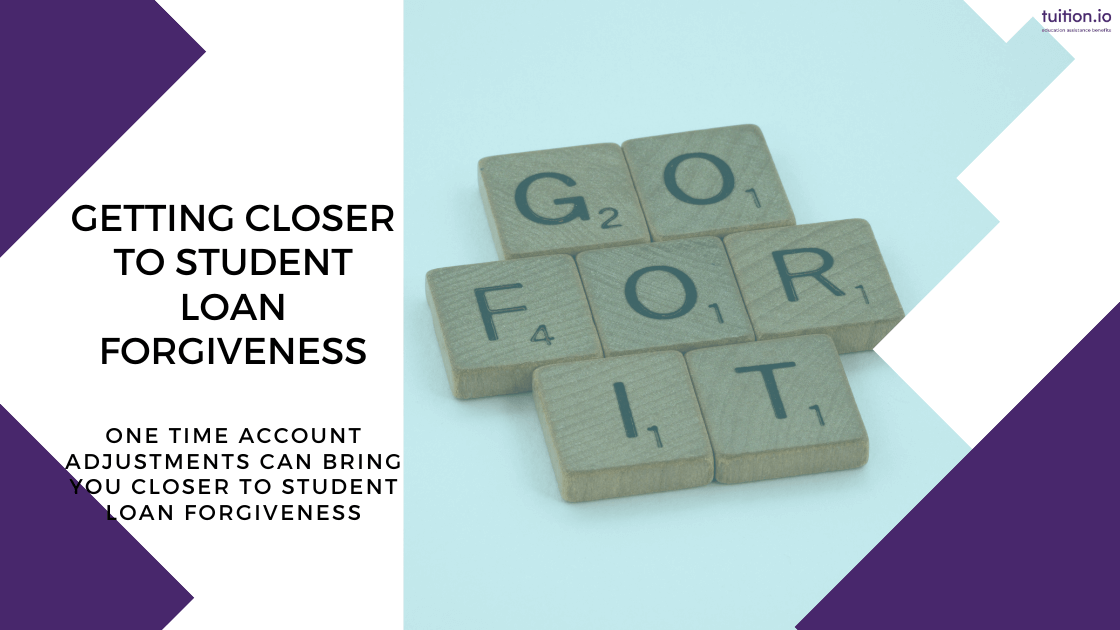How to Prepare for Student Loan Payments to Restart in October
Student loan payments are restarting in October and many borrowers haven’t made student loan payments for over three years. Luckily, changes to...

Federal student loan debt relief programs have been in a state of continuous fluctuation since 2020. The injunctions blocking parts of the SAVE plan are the latest examples. It’s important student loan borrowers understand how to choose among some of the most generous repayment options in history. The challenge, however, is keeping up with the ever-changing policies and rigid application processes.
Our data shows borrowers struggle to optimize their repayment strategy. Most people who start using Tuition.io’s Student Loan Financial Wellness platform learn that they have been using the wrong strategy to repay their student loans and have overlooked important paperwork needed to qualify for some federal programs.
The reality is that the best repayment option is rarely obvious and should consider one’s financial goals, their employer, and last year’s income, in addition to mastering Federal Student Loan Debt Relief programs. To help student loan borrowers better navigate options available today, we have compiled some guidelines as a starting point to making more informed decisions.
Under SAVE, the newest IDR plan, the amount of income considered when determining payments is lower than any other plan. Plus, married filing separately households will only have the borrower’s income considered (which can help lower payments). The SAVE plan also has provisions that prevent the outstanding loan balance from growing due to unpaid interest.
The 10-year plan of 120 equal monthly payments pays down loans the quickest of all repayment plans and ensures the lowest total interest paid for many people. However, if you work full-time at a non-profit organization or had unusually low Adjusted Gross Income (AGI) last year, such as recent college grads, you may be better off switching to an income-driven repayment plan.
One-time account adjustments count all past payments on Direct Loans as if they were made on an income-driven repayment plan. So even if you weren’t enrolled in an income-driven repayment plan in the past, made late or partial payments, or had excessive periods of forbearance, you can still get credit toward loan forgiveness.
Refinancing federal student loans privatizes them and makes you forever ineligible for any federal student loan benefits, like forgiveness or lower payments. Student loan consolidation, on the other hand, preserves these federal loan protections. Furthermore, today’s interest rates on private student loans are relatively high, which weakens the financial benefit of refinancing now.
Public Service Loan Forgiveness (PSLF) is often the fastest, least expensive way to pay back student loans. With PSLF, the job you do for an organization doesn’t matter; whether you’re an environmental services employee with student loans or a physician with student loans, working at least 30 hours per week is how you qualify.
But forgiveness under PSLF isn’t automatic. There are a lot of very specific rules (right employment, right loan, right repayment plan), and you need to meet all of these to get forgiveness. There’s a specific form that lets the Department of Education know you’re interested in pursuing PSLF, and your employer needs to sign it every year for you to get credit for your qualifying employment.
Navigating student loan changes can be complex, but with the right information and support, people can make informed decisions that align with their financial goals and their employment situation. Employers are often overlooked as an important influence on student loan repayment decisions, but we find employers are in a unique position to help educate and support their employees to best navigate student loan repayment challenges.
By empowering employees with knowledge about repayment options, the SAVE Plan, monthly payment reductions, and potential pathways to loan forgiveness, employers can contribute significantly to their team’s financial well-being and overall job satisfaction.
Tuition.io is an employer-sponsored Education Assistance Benefit platform to help employees and their families smartly reduce student loan debt and the cost of higher education. Tuition.io offers employers the only comprehensive, modular suite of Education Assistance Benefits in a single platform solution, including Student Loan Financial Wellness, Secure 2.0 Retirement Match, Student Loan Repayment Contributions, Public Service Loan Forgiveness, Income-Driven Loan Forgiveness, and Tuition Assistance administration.

Student loan payments are restarting in October and many borrowers haven’t made student loan payments for over three years. Luckily, changes to...

The Department of Education recently announced a second chance at student loan forgiveness for many borrowers through one time account adjustments....

**FedLoan Servicing has extended their servicing contract through December 2022.